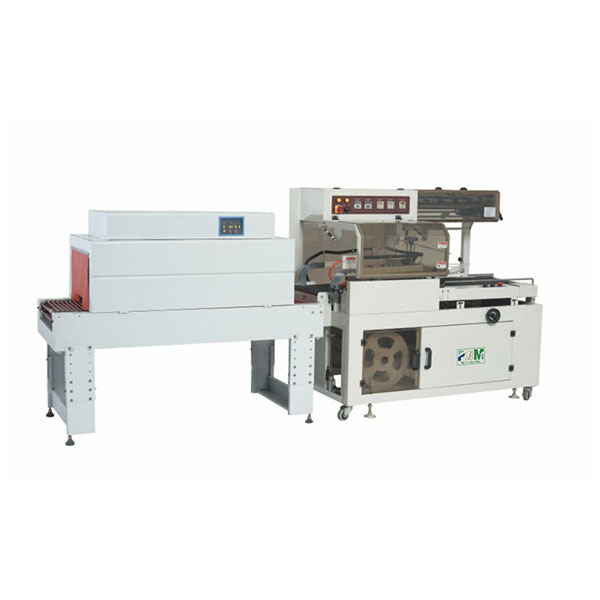តុលា . 21, 2024 20:11 Back to list
best dust filter cartridge filter material
The Best Dust Filter Cartridge Filter Material A Comprehensive Overview
Dust filtration is a crucial aspect of maintaining air quality in various environments, from industrial settings to residential spaces. Among the various filtration technologies available, cartridge filters are particularly effective due to their compact design and high efficiency. However, the performance of these filters significantly depends on the filter material used. This article explores the best materials for dust filter cartridges, ensuring optimal performance and longevity.
1. Polypropylene (PP)
Polypropylene is a versatile and widely used material in dust filter cartridges. It is resistant to various chemicals, making it suitable for diverse applications, including chemical processing and food manufacturing. The lightweight nature of polypropylene allows for easy handling and installation. Furthermore, it presents excellent dust-holding capacity, ensuring that particles are efficiently captured without sacrificing airflow.
2. Polyester
Polyester is another popular material known for its durability and effectiveness. It has a high tensile strength, which contributes to its longevity. Polyester filters are often treated with coatings that enhance their ability to repel water and resist the buildup of dust and moisture. This characteristic makes them ideal for applications involving humid environments, such as sawmills and paper mills, where dust control is paramount.
3. Cellulose
best dust filter cartridge filter material

Cellulose filters are made from natural fibers and are biodegradable, making them an environmentally friendly choice. While cellulose has a lower resistance to moisture, its efficiency in capturing fine dust particles is commendable. These filters perform well in dry applications, such as in workshops and construction sites. However, they require regular maintenance and replacement to ensure optimal performance.
4. PTFE (Polytetrafluoroethylene)
PTFE, commonly known as Teflon, is known for its exceptional chemical resistance and low-friction properties. Cartridge filters made from PTFE are capable of withstanding harsh environments and high temperatures, making them suitable for industries like pharmaceuticals and microelectronics. The hydrophobic nature of PTFE reduces the chances of clogging due to moisture, thus extending the filter's lifespan.
5. Aramid Fibers
Aramid fibers, such as Kevlar, are renowned for their strength and thermal stability. These filters can endure high temperatures and provide excellent durability, making them suitable for applications where heat and abrasion are concerns, such as in the cement industry. Their ability to withstand extreme conditions makes aramid filter cartridges a valuable option despite their higher cost.
Conclusion
Choosing the right filter material is paramount in ensuring the effectiveness and efficiency of dust filtration systems. Polypropylene, polyester, cellulose, PTFE, and aramid fibers each offer distinct advantages tailored to specific applications. Evaluating the operating environment and type of dust present will help in selecting the best cartridge filter material, ultimately leading to improved air quality and operational efficiency.
-
High Strength Orange PU Glue for Versatile Bonding Solutions
NewsJul.26,2025
-
Active Carbon Air Filter for Air Purifier – Efficient Odor & Allergen Removal
NewsJul.25,2025
-
Active Carbon Air Filter for Air Purifier – Superior Odor & Allergen Removal
NewsJul.24,2025
-
High-Efficiency Active Carbon Air Filter for Air Purifier | Odor & Allergen Removal
NewsJul.23,2025
-
Active Carbon Air Filter for Air Purifier – High Efficiency Filtration Solution
NewsJul.22,2025
-
Durable Sintered Porous Metal Filter Tube Cup & Machines
NewsJul.22,2025
